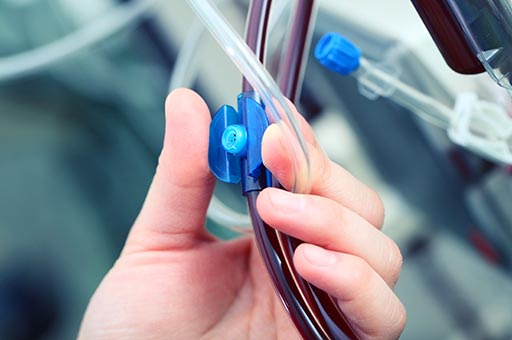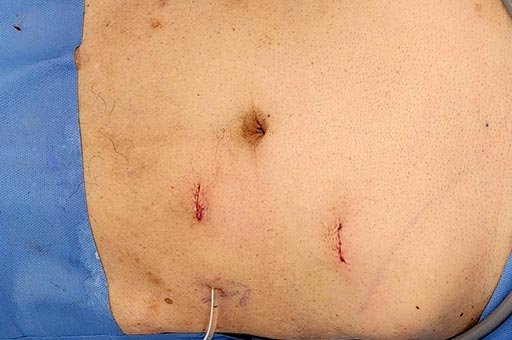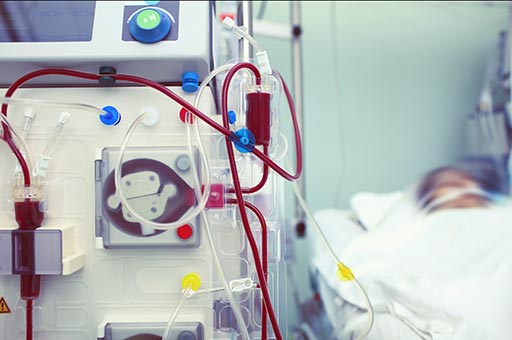
Dialysis is a crucial treatment for patients with kidney failure, facilitating the removal of waste products and excess fluid from the blood when the kidneys aren’t functioning optimally. The success of dialysis largely depends on the quality and reliability of the access point to the bloodstream or the peritoneal cavity.

Haemodialysis involves filtering the blood to remove waste products and excess fluids. The process requires robust access to the bloodstream, typically achieved through arteriovenous fistula (AVF) or arteriovenous graft (AVG).
An AVF is created by directly connecting an artery to a vein, usually in the arm. This connection allows the vein to enlarge and strengthen, facilitating easier and more efficient dialysis sessions.
If the veins are unsuitable for AVF creation, an AVG is an alternative. This involves using a synthetic graft to connect an artery and a vein.

Peritoneal dialysis uses the lining of the abdomen (the peritoneum) as a natural filter. A catheter is placed in the abdomen to facilitate this process.
This modern technique involves small incisions and specialized instruments to place the catheter with minimal disruption.
A traditional method where a larger incision is made to place the catheter directly.

Over time, haemodialysis access points may face complications. Salvage procedures aim to maintain or restore the functionality of the access point, ensuring uninterrupted dialysis treatment.
This involves minimally invasive techniques using catheters and specialized devices to address issues.
A combination of open surgical and endovascular techniques to address more complex issues.
Traditional surgical methods to address significant complications, often involving direct access to the graft or fistula.
Dialysis access is pivotal for the success of dialysis treatment. Ensuring its functionality and longevity is paramount for patients’ well-being. If you or a loved one requires dialysis or faces complications with existing dialysis access, it’s essential to seek expert care. Our team offers comprehensive diagnostic and treatment services tailored to individual needs.
38 Irrawaddy Road
#10-33
Singapore 329563
Tel: +65 6041 0933
1 Farrer Park Station Road
#08-14 Connexion
Singapore 217562
Tel: +65 6974 8859
HP: +65 8874 0371 (24 hours)
Email: contact@spectrum-surgery.com
© 2025 Spectrum Vascular & General Surgery